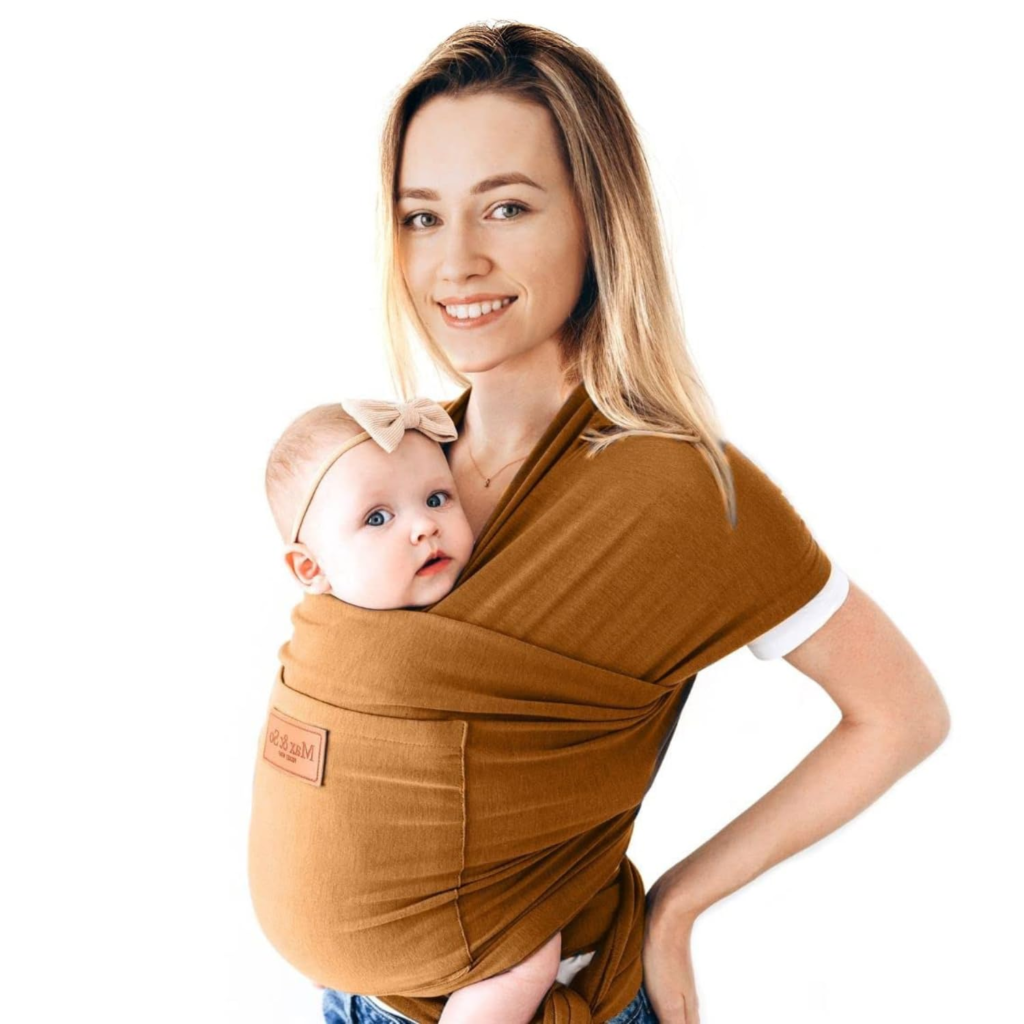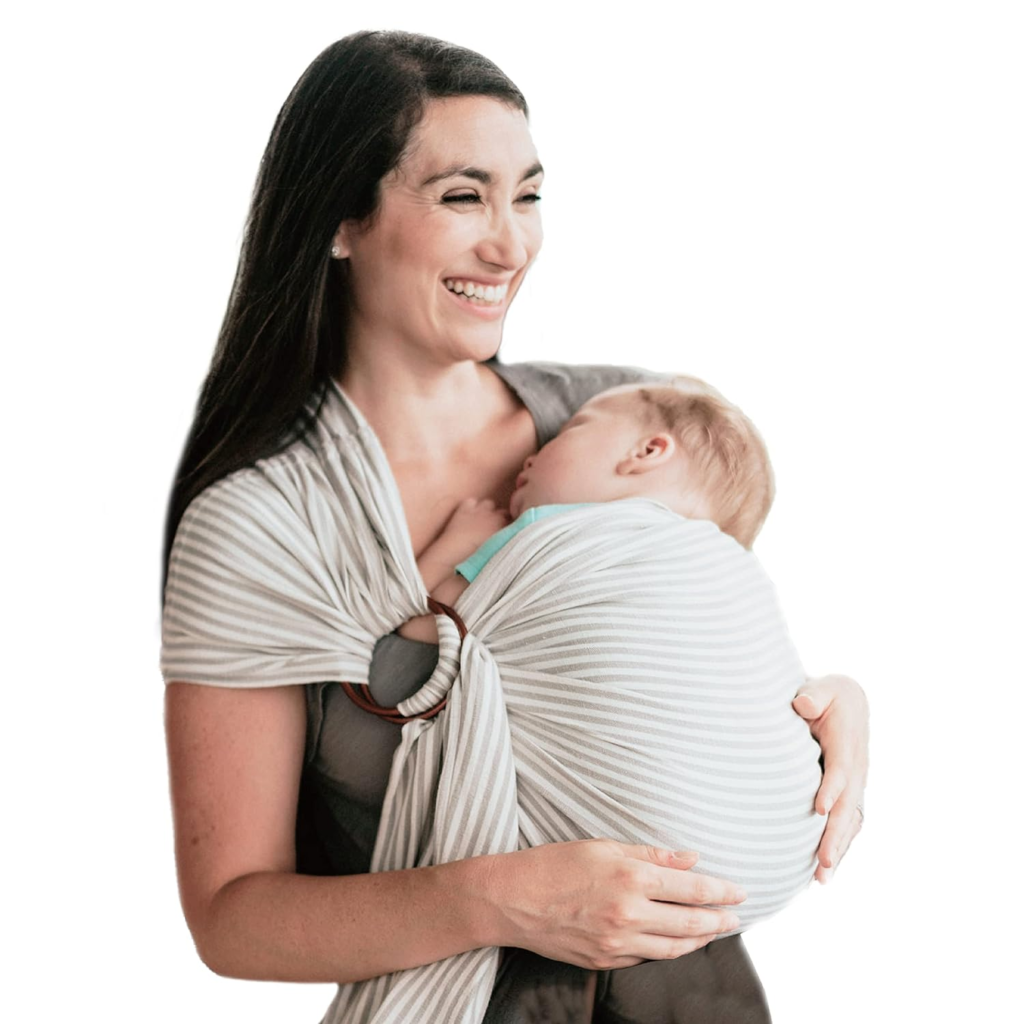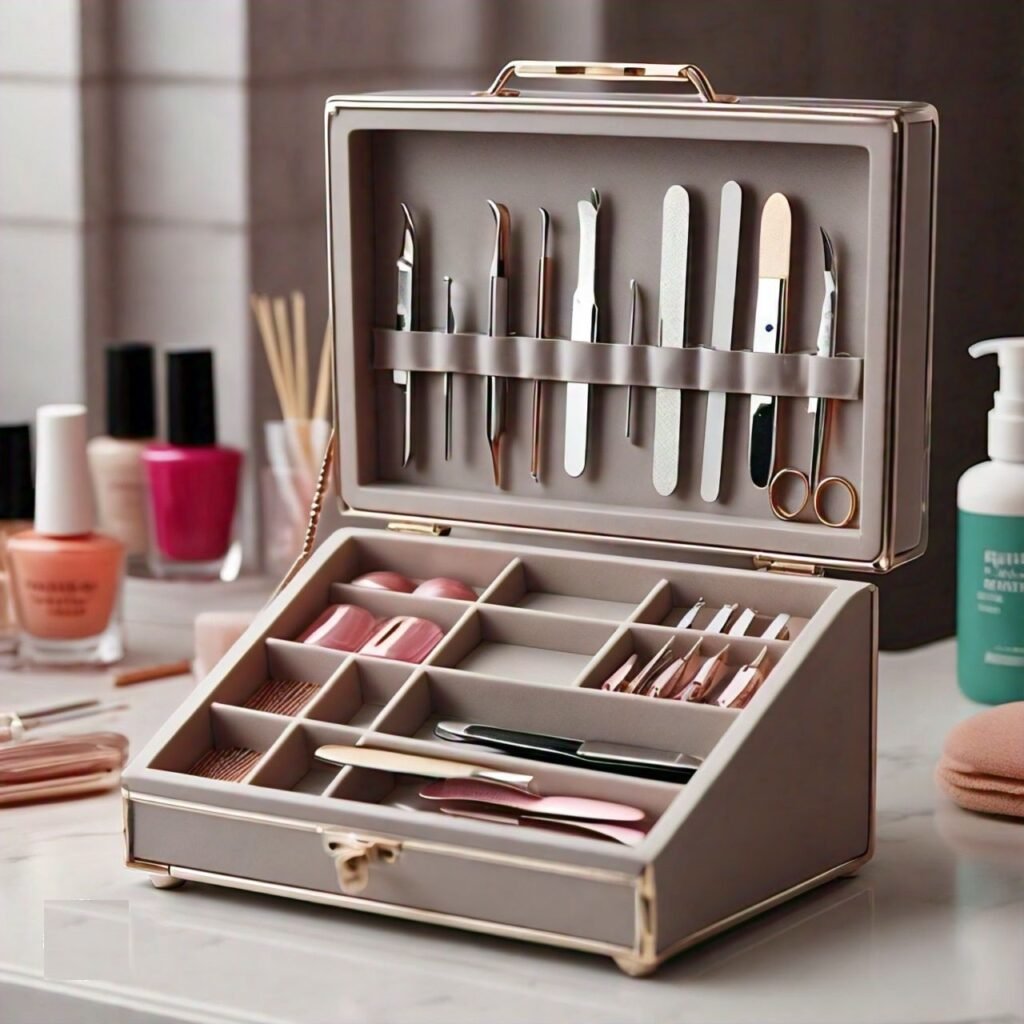Baby carriers offer a fantastic way to keep your little one close while freeing up your hands for tasks or adventures. They promote bonding, soothe fussy babies, and allow you to explore the world together. But with so many carrier options available, navigating the market can feel daunting. This guide will equip you with the knowledge to confidently choose the right carrier for your lifestyle, baby’s needs, and budget.
Understanding the Different Types of Baby Carriers:
Each carrier type offers unique benefits and is suited to specific situations. Here’s a breakdown of the most popular options:
Wraps:
Wraps, as we previously discussed, are long pieces of fabric that you use to securely and comfortably carry your baby close to your body. They offer several advantages, making them a popular choice for many parents, especially for newborns.

Pros:
- Highly Adjustable: Wraps are incredibly versatile due to their adjustable nature. You can customize the tightness, positioning, and spread of the fabric to perfectly fit your body and your baby’s needs. This allows for a snug and supportive carry that promotes healthy hip development for newborns.
- Close, Natural Feel: Babies often find the closeness provided by a wrap calming and comforting. This can be helpful for promoting bonding and soothing fussy babies.
- Flexibility in Carrying Positions: While not as versatile as some Soft Structured Carriers (SSCs), wraps can still be used for multiple carrying positions, including front-facing in, hip carry, and even back carry for older babies (with proper guidance).
Cons:
- Learning Curve: Mastering wrapping techniques can take some practice and patience. There are various wrapping styles, and finding the most comfortable and secure method for you and your baby may require watching tutorials or attending a babywearing workshop.
- Heat Considerations: Wraps can feel hot for both you and your baby in warmer climates. Look for breathable fabrics like cotton or linen if you live in a hot area.
Slings :
Slings are single-shoulder carriers made from fabric that allows you to carry your baby close to your body. They are a popular choice for quick outings and breastfeeding, as they offer easy access to your baby. Slings are also relatively simple to use, making them a good option for new parents who may not be comfortable with more complex carriers.

Here’s a closer look at the pros and cons of slings:
Pros:
- Simple and convenient: Slings are easy to put on and take off, making them ideal for quick errands or breastfeeding sessions.
- Lightweight and portable: They fold up compactly, making them easy to store in a diaper bag or purse.
- Promotes bonding: Like wraps, slings keep your baby close, fostering closeness and promoting emotional connection.
Cons:
- Limited weight capacity: Most slings are not suitable for carrying heavier babies for extended periods.
- One-shoulder carrying: The weight of your baby is concentrated on one shoulder, which can lead to discomfort, especially during prolonged use.
- Limited carrying positions: Slings typically only offer one or two carrying positions (front-facing in and hip carry).
Soft Structured Carriers (SSCs):
For parents seeking a comfortable, supportive, and versatile way to carry their little ones, Soft Structured Carriers (SSCs) reign supreme. These carriers seamlessly blend the close, comforting feel of a wrap with the structured support of a backpack, offering a winning combination for parents and babies alike.

Pros:
- Versatility is King: SSCs are champions of adaptability. They offer multiple carrying positions, allowing you to carry your baby facing in, facing out, or on your hip. This caters to your baby’s preferences as they grow and provides comfort for different activities.
- Ergonomic Design for Comfort: Many SSCs prioritize comfort for both parent and child. Features like padded shoulder straps, lumbar support, and a wide waistband help distribute weight evenly, preventing back strain for the wearer. Adjustable straps ensure a customized fit for different body types.
- Supportive for Growing Babies: SSCs provide excellent support for your baby’s developing spine and hips, especially important for newborns. Many are designed to adjust as your baby grows, offering long-term use.
- Durability Matters: Made from high-quality materials, SSCs are built to last, making them a worthwhile investment.
Cons:
- Bulk Compared to Wraps: While comfortable, SSCs are bulkier than wraps or slings. This can be a drawback for some parents, especially in hot weather.
- Cost Consideration: Generally, SSCs are more expensive than other carrier options. However, their versatility and durability can make them a cost-effective choice in the long run.
Backpack Carriers:
For parents with wanderlust and little explorers on their hands, backpack carriers offer a fantastic way to conquer trails, hikes, and outdoor adventures together. These carriers provide a sturdy and supportive environment for older babies and toddlers, allowing you to explore the world while keeping your little one safe and comfortable.

Built for Adventure:
- Sturdy Support for Active Toddlers: Backpack carriers prioritize safety and support for your growing adventurer. They feature a structured frame with a padded seat and harness, ensuring a comfortable and secure position for your toddler as you navigate uneven terrain.
- Freedom for Exploration: Backpack carriers offer a hands-free experience, allowing you to focus on navigating the trail or capturing breathtaking views. Your little one can enjoy the sights and sounds of the outdoors, feeling safe and secure in their backpack haven.
- Weight Distribution for Comfort: Long hikes or outdoor excursions can be tiring. Backpack carriers excel at distributing your child’s weight evenly across your shoulders and hips, minimizing back strain and fatigue for extended wear.
- Storage Solutions for the Journey: Many backpack carriers come equipped with storage pockets and compartments, allowing you to pack essentials for your adventure, like snacks, water bottles, and even a change of clothes.
Considering the Trade-offs:
- Bulk is a Factor: Backpack carriers are the bulkiest carrier option. This might not be ideal for everyday use or for very young babies.
- Limited Carrying Positions: Unlike some Soft Structured Carriers (SSCs), backpack carriers typically only offer one or two carrying positions (back carry).
- Age and Weight Limits: Backpack carriers are designed for older babies and toddlers who have good head and neck control and can support some of their own weight.
Key Factors to Consider When Choosing a Baby Carrier:
- Baby’s Age and Weight:
- Newborns: Wraps and slings are excellent choices for their close, natural feel and support for developing hips.
- Older Babies (4-12 months): Soft Structured Carriers (SSCs) offer more structured support as babies gain weight and head control.
- Toddlers (12+ months): Backpack carriers provide a comfortable way to carry heavier and more active toddlers.
- Carrying Positions: Consider which positions you find most comfortable and practical. Front-facing in offers a natural bonding experience for newborns, while front-facing out can satisfy curious older babies. Hip carrying can be helpful for relieving back strain and is a good option for toddlers.
- Comfort for You and Baby: Look for features like padded shoulder straps, lumbar support, breathable materials, and adjustable straps for a good fit. A wide waistband helps distribute weight evenly for your comfort.
- Budget: Baby carriers range in price depending on brand, features, and materials. Set a realistic budget and prioritize the features





